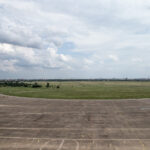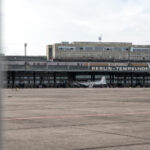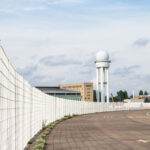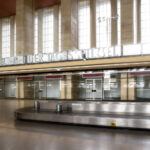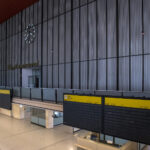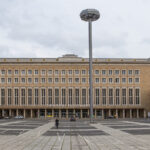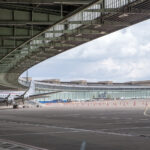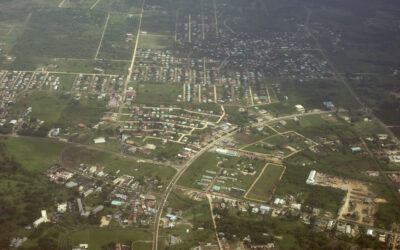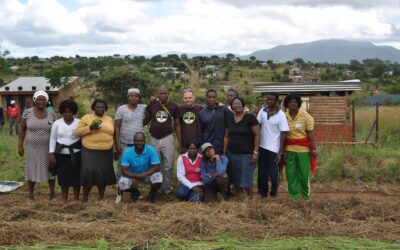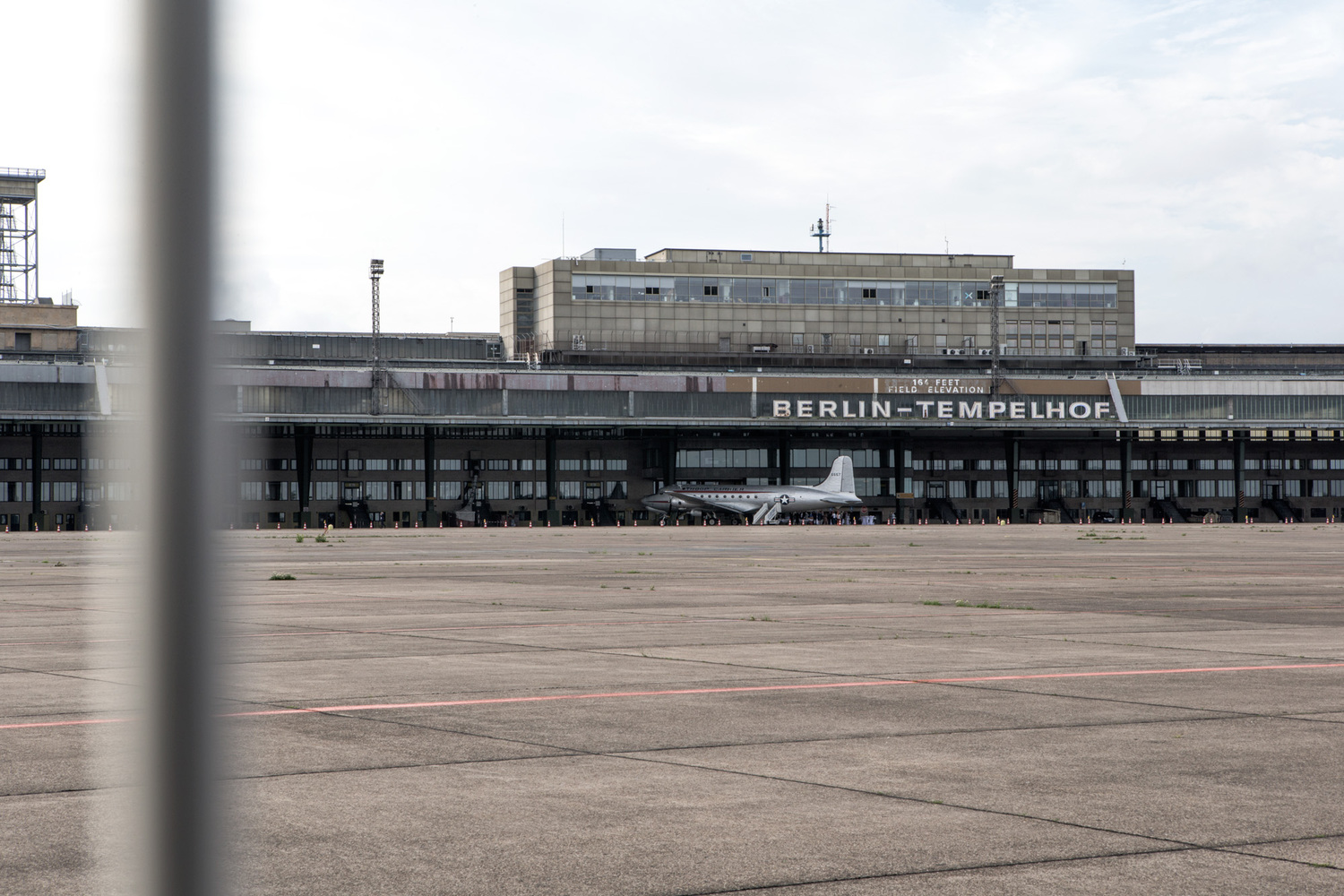
Berlin is characterised by the many abandoned sites and buildings such as: industrial wastelands, former military facilities, and the Berlin Wall Death Strip. Tempelhof airport is most likely the most prominent among these famous relics.
The airport of Berlin Tempelhof is strongly connected to the city’s history. In 1923 the old “Berlin Central Airport” was opened for airline traffic. The new airport was built from 1936 to 1940. From 1945 to 1993 it was used by the US Air force including the famous airlifts to West Berlin in 1948. From 1993 on, the airport was opened to civil aviation again. After Germany’s reunification, the airport was closed in May 1996 due to its inner-city location. Eventually, air traffic stopped in 2008. The huge area turned into a potentially high value fallow land in the centre of Germany’s capital.
The Berlin City Government decided to initiate an incremental development process. The overall objective was to satisfy citizens’ needs on a long term basis, respecting recent and forecast socio-economic circumstances. One main challenge was to include the numerous private and public interests in the eventual plan. It was critical to create diverse possibilities of participation addressing a large and varying population.
Since a top-down development was logistically impossible, and reuses took time in post reunification Berlin to establish, the pioneer projects with temporary contacts became popular. Previously, related reuse initiatives sprung up informally and spontaneously. These projects were recognised for enhancing cultural life and economic potential in formerly stagnant zones. In regards to Tempelhofer Freiheit, temporary usage contracts were given to pioneer projects after a selection procedure. This concept was professionalized and became a formal measure of reanimating open spaces.
It makes sense to combine new concepts with classical instruments of participation in order to reach a large diversity of citizens. The experiences of Tempelhofer Freiheit show how the initiation of pioneer projects can be supported by municipalities. In this way, alternative profound instrument of citizens’ participation develops and existing physical recourses as well as social capital are used. The approach starts with the people by granting them the freedom to create and initiate. Through incremental planning, observation, and support, the connection between formal planning and informal developments can be made.
Concepts of Tempelhofer Freiheit can be easily applied in other cities to find new uses for empty areas. A creative and engaged civil society supports a bottom up, top-down combination.
Recommended by Beatrice Ricci
Sources:
https://use.metropolis.org/case-studies/germany-berlin-tempelhofer-freiheit-urban-open-space
